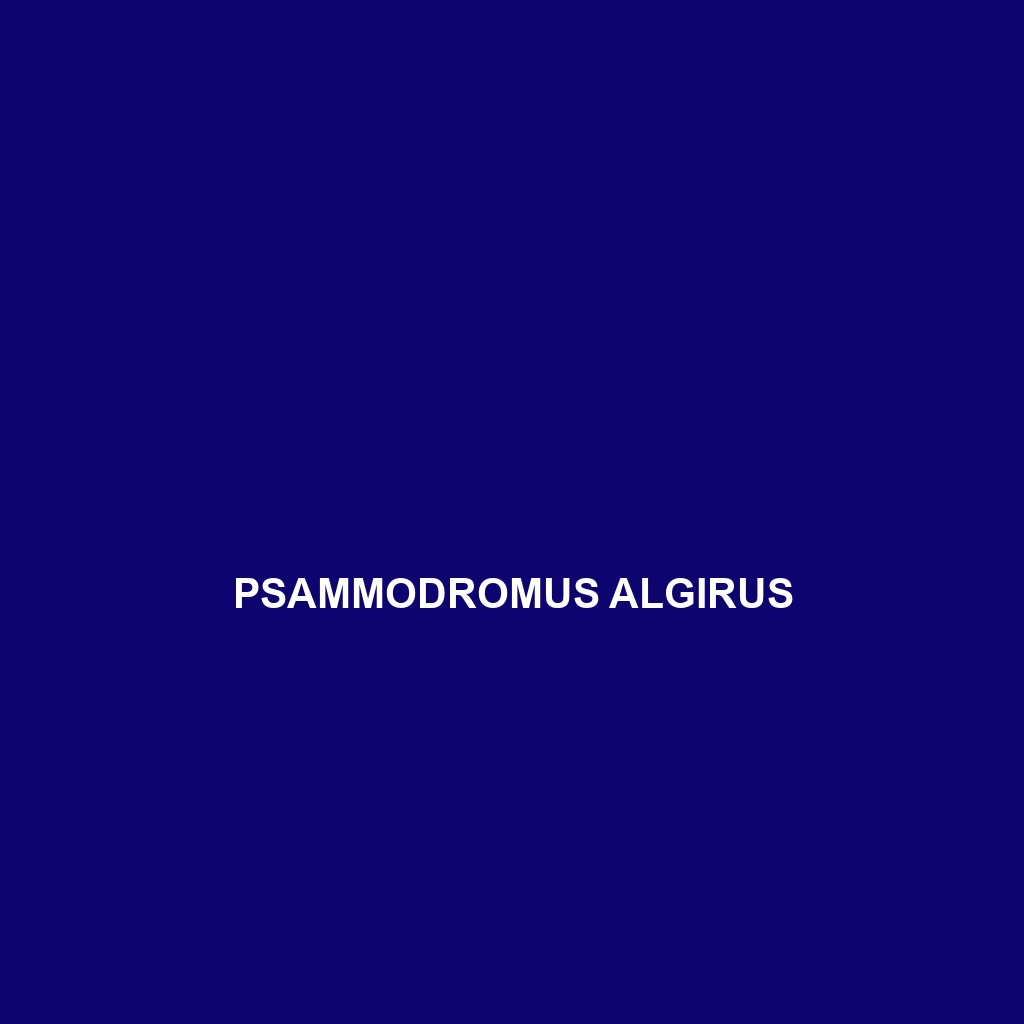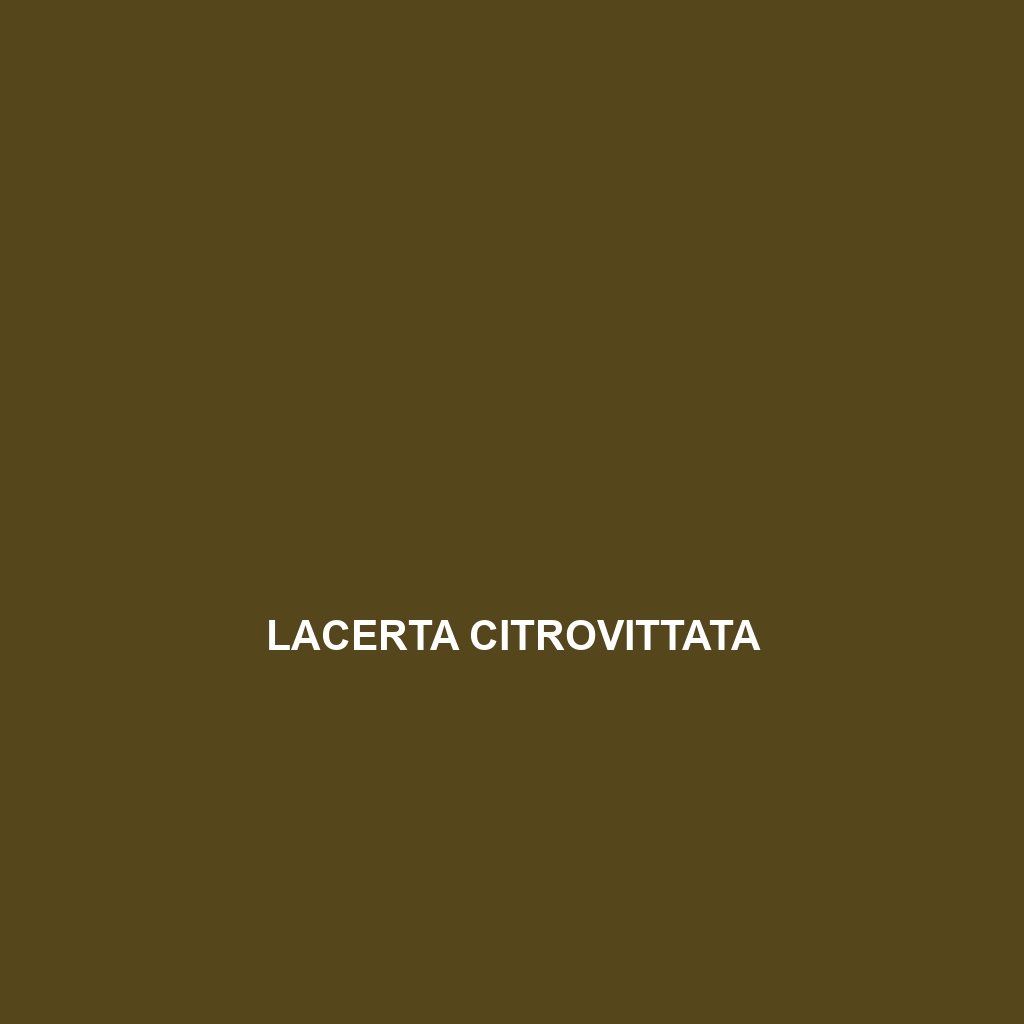<strong>Psammodromus algirus</strong>, or the Algerian Sand Racer, is a small, agile lizard native to the Mediterranean region, thriving in sandy habitats with well-drained soils. Known for its striking coloration and diurnal behavior, this insectivorous species plays a crucial role in controlling insect populations and serves as a significant indicator of ecological balance.
Tag: ecology of lizards
Psammodromus algirus
<strong>Psammodromus algirus</strong>, or the Algerian Sand Racer, is a small, agile lizard native to the Mediterranean region, thriving in sandy habitats with well-drained soils. Known for its striking coloration and diurnal behavior, this insectivorous species plays a crucial role in controlling insect populations and serves as a significant indicator of ecological balance.
Podarcis peloponnesiacus
Podarcis peloponnesiacus, or the Peloponnesian Wall Lizard, is a slender, agile lizard from the Peloponnese region of Greece, reaching lengths of 25 to 30 cm. Known for its remarkable color-changing ability and diurnal behavior, it primarily feeds on insects, plays a vital role in its ecosystem, and is currently categorized as Least Concern by the IUCN.
Podarcis liolepis
<b>Podarcis liolepis</b>, a slender lizard native to the Mediterranean, thrives in sunny, rocky habitats and is known for its striking green to yellowish-brown coloration. This insectivorous species plays a crucial role in controlling insect populations while exhibiting fascinating behaviors like sunbasking and tail-shedding as a defense mechanism.
Podarcis filfolensis
<b>Podarcis filfolensis</b>, commonly known as the Italian Wall Lizard, is an insectivorous species native to the Mediterranean region, recognized for its slender body, vibrant coloration, and remarkable adaptability. This diurnal lizard thrives in warm environments, playing a crucial role in controlling insect populations while contributing to the ecological balance as both predator and prey.
Phrynocephalus roborowskii
Phrynocephalus roborowskii, also known as Roborowskii’s desert lizard, is a small, agile lizard native to the arid landscapes of Central Asia, specifically the Gobi Desert, characterized by its pale yellow to light brown coloration, spiny scales, and large bulbous eyes. Adapted to harsh conditions, this insectivorous reptile exhibits fascinating behaviors, including territorial displays and quick burrowing to evade predators.
Pedioplanis serodioi
Discover the fascinating <b>Pedioplanis serodioi</b>, a medium-sized lizard native to the arid grasslands and savannas of Southern Africa, characterized by its striking coloration, diurnal behavior, and unique burrowing habits. This insectivorous species plays a vital role in its ecosystem by controlling insect populations and serving as prey for larger animals.
Omanosaura cyanura
Discover the vibrant Oman Blue Lizard (Omanosaura cyanura), a stunning reptile from the subtropical regions of Oman, known for its bright blue tail and ability to thrive in dry coastal habitats. This diurnal lizard plays a vital role in its ecosystem, controlling insect populations and contributing to plant reproduction through its omnivorous diet.
Meroles suborbitalis
Discover the fascinating Meroles suborbitalis, or sand lizard, renowned for its slender body, striking sandy coloration, and diurnal habits. This insectivorous lizard thrives in arid habitats across southern Africa, playing a crucial role in maintaining ecological balance.
Lacerta citrovittata
Discover the vibrant Lacerta citrovittata, also known as the Citrus Lizard, a striking species found in the tropical rainforests and savannas of Central and South America. With its vivid green scales and bright yellow stripes, this insectivorous lizard is not only a captivating sight but also plays a crucial role in its ecosystem by controlling insect populations and aiding in seed dispersion.









